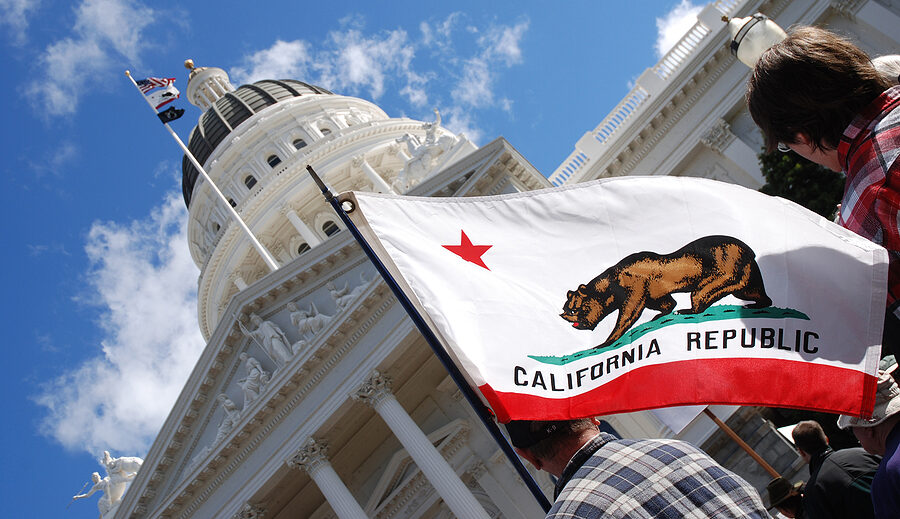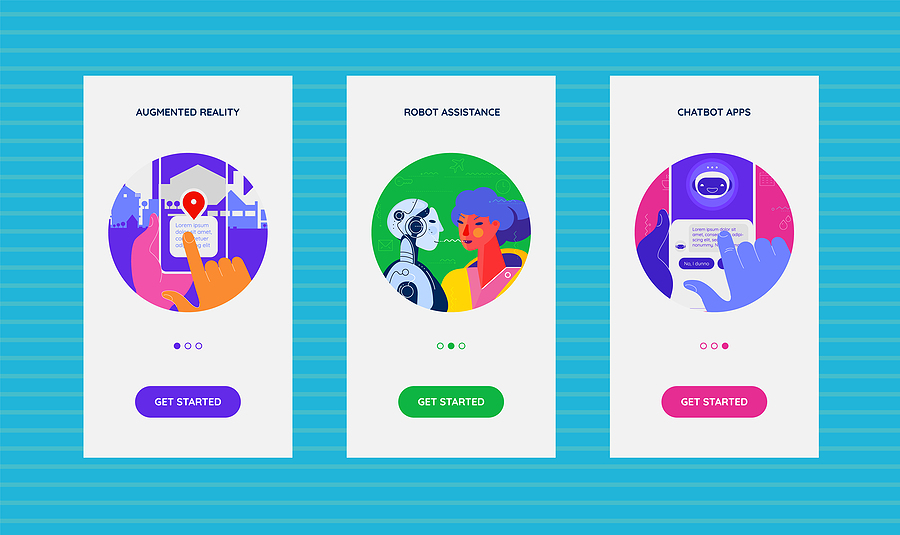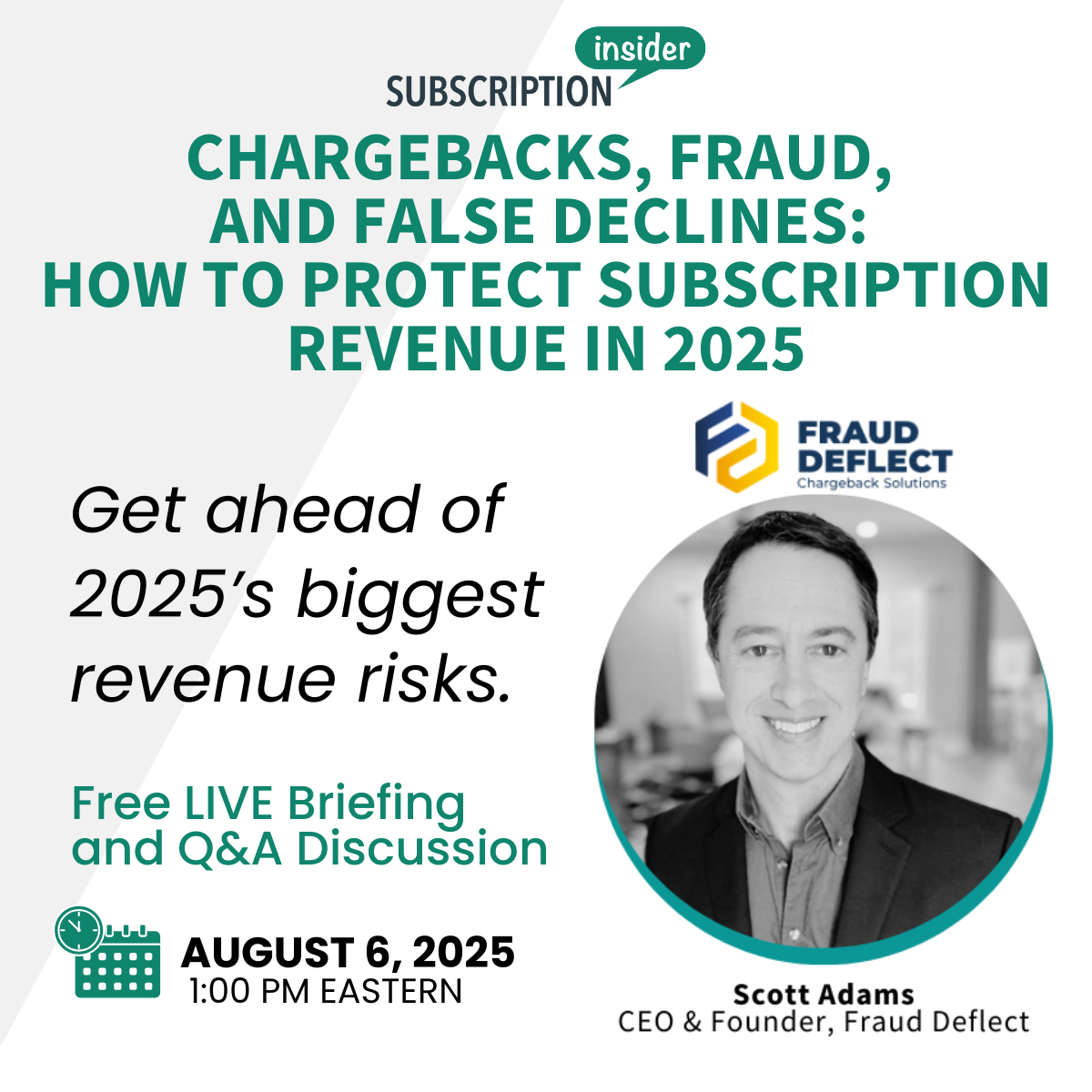The Membership Economy: Why everyone is moving from ownership to access
On-Demand Webinar with Robbie Kellman Baxter, Author of The Membership Economy
HELLO!
This premium article is exclusively reserved for Subscription Insider PRO members.
Want access to premium member-only content like this article? Plus, conference discounts and other benefits? We deliver the information you need, for improved decision-making, skills, and subscription business profitability. Check out these membership options!
Learn more about Subscription Insider PRO memberships!
Already a Subscription Insider PRO Member?
Please Log-In Here!

Kathleen Greenler Sexton
Kathy Greenler Sexton is a recognized authority on digital subscription business models, market strategy, and operational excellence. As CEO & Publisher of Subscription Insider, Kathy leads the charge in delivering actionable insights that empower businesses to thrive in the subscription economy.
With a proven track record of driving growth and successful exits at companies like Individual.com and HighBeam Research, Kathy has also played key roles in launching and scaling prominent digital brands, including AltaVista. Previously, she led the SIIA Content Division as VP & General Manager, where she expanded membership, revenue, and influence while helping businesses adapt to transformative shifts in technology and content.
A frequent speaker at industry conferences, Kathy brings invaluable expertise and a forward-thinking perspective to the evolving world of subscriptions. She resides in Greater Boston with her family and is an avid skier and devoted Boston sports fan.
More Articles By Kathleen Greenler Sexton
Up Next
Register Now For Email Subscription News Updates!
Search this site
You May Be Interested in:
Smarter subscriptions start here! Join subscription leaders solving the industry’s most complex growth










